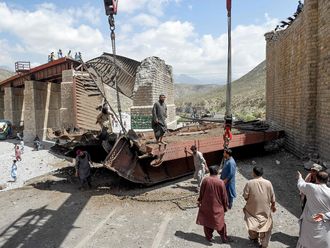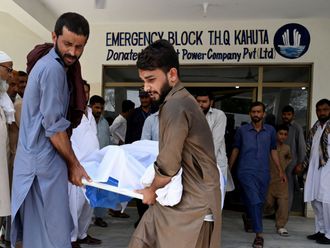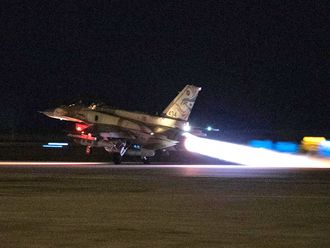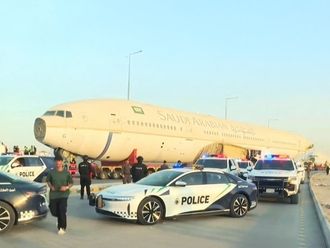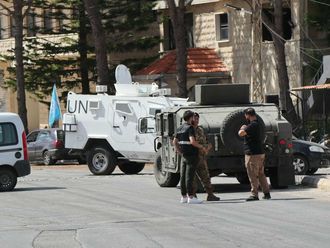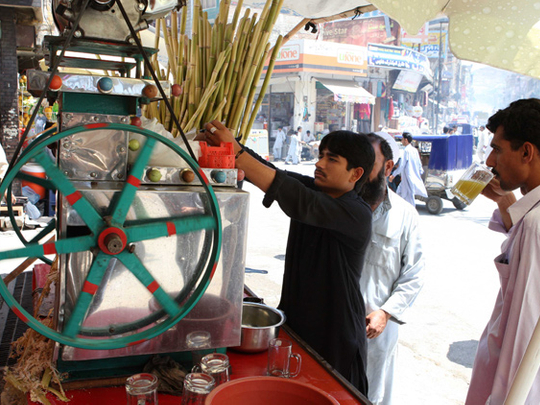
In my last diary, I promised to tell you the story of dancing girls of Swat. So here you go…
Dancing girls in Swat? You must be thinking that I am making it up, because Swat is an area once dominated by Taliban militants who even ran a parallel government here.
I assure you, the dancing girls of Swat are as much a reality as the Taliban once were.
The area known as Baand Street in Swat is the hub of “dancing girls” and it was established by Waali-e-Swat (the Ruler of Swat) hundreds of years ago. Ever since then, it has been the centre of entertainment for the rich and the mighty, such as the Nawabs.
I am sure most people still don’t know about this area. I also first came to know about “dancing girls” last year when a famous dancer from Swat, Shabana, was slaughtered by Taliban in the middle of Green Chowk in Mingora area.
This particular crossing, also known as “Khoni Chowk,” is where Taliban used to slaughter and hang people who defied them.
Read Notes from Taliban heartland: Part 1
Read Notes from Taliban heartland: Part 2
Subsequently, the Baand Street was deserted and shut down as all the “dancing girls” and their families escaped from Swat for fear of being killed by Taliban. Music shops also closed down and barbers ran away. Taliban was in complete control of the area until the Pakistan army launched a massive operation against them in May 2009.
This led to biggest humanitarian crisis in Pakistan, as more than two million residents of the Malakand Division, especially in Swat district, were displaced as they had to leave in a hurry to save their lives. The operation continued until September last year, when the military regained complete control.
The internally displaced people (IDPs) of Swat have gradually returned to their houses. It’s now business as usual in Swat, but for the presence of two army brigades.
The purpose of my visit to Swat was to report about post-military operations scenario. And I believe that the life in a town becomes normal only when its cultural activities are restored and tourists and visitors come back.
This is exactly what is happening in Swat now.
Baand Street is rocking again as most dancing girls and there families have come back. They have started performing in the marriage parties, private ceremonies and even entertaining visitors in their houses.
I managed to watch a couple of performances and talked to some of the dancers: they were all happy to be back in business.
Then on Tuesday, I visited Mingora, a key business town of Swat, and was surprised to see traffic jams on narrow roads. I did not expect to see so many people. Markets were bustling with people, clearly indicating that normalcy has been restored.
However, I also noticed that Swat residents did not want the army to leave. Some of the people I spoke to said they wanted the army to stay back and offer the people of Swat peace and protection, as the civilian administration has completely lost public faith.
In pictures: Exploring the Taliban heartland
I roamed around the streets and so did our photographer Atiqur Rehman. People were very welcoming, ready to talk to us: they offered us tea, juices and some even wanted to talk to us over lunch about their grievances.
Nevertheless, the economic situation in Swat is challenging.
Most businesses in Swat, which was once known as tourists paradise, are linked with tourism industry directly or indirectly. Some 1.8 million tourists, including foreigners, used to visit Swat until the militants took control of the area in 2007. The Taliban also destroyed a number of hotels while others were shut down.
Now all of them have been reopened but there are hardly any tourists around.
So the Pakistani army, in coordination with hotels, tour operators and the government, is organising a festival starting from June 29 to attract tourists from within the country.
Hotels are offering special discounts with cheap rooms ranging from Rs200 (Dh9) to Rs500 (Dh40) to lure tourists.
You can also stay at White Palace hotel, where Queen Elizabeth stayed back in the 1960s, when it was the residence of Waali Swat Ameer Gul Aurangzeb, who built it in 1940 and used the marble imported from Jaipur in India. It is the same marble which was used to build Taj Mahal.
Let me tell you, summer’s the best time to visit Swat – and it’s incredibly cheap too.
I am now packing my bags for my next assignment – in a different part of Pakistan. It’s just that I have to travel by road and it will take at least 10 hours to cover some 300 km of road trip through the mountains to reach where I want to go.


